Introduction
What Attracts Pigeons: Pigeons, also known as rock doves (Columba livia), have established themselves as ubiquitous fixtures in urban and suburban settings worldwide. Their presence is not merely coincidental but rather a result of a complex interplay of environmental, biological, and behavioral factors. Understanding what attracts pigeons to these environments is essential for gaining insights into their successful coexistence with human populations.
One of the primary reasons raise pigeons are drawn to urban areas is their remarkable adaptability. These birds have evolved over centuries to thrive in environments that mimic the rocky cliffs and ledges of their natural habitats. Skyscrapers, bridges, and buildings offer pigeons an array of surfaces for nesting and roosting, making them feel at home in our man-made structures.
Additionally, pigeons are opportunistic feeders, and urban landscapes provide them with an abundance of food sources. They are not picky eaters and can subsist on a diet that includes grains, seeds, discarded human food, and even scavenged insects. The presence of restaurants, open-air markets, and food scraps in public spaces offers pigeons a consistent and convenient source of nourishment.
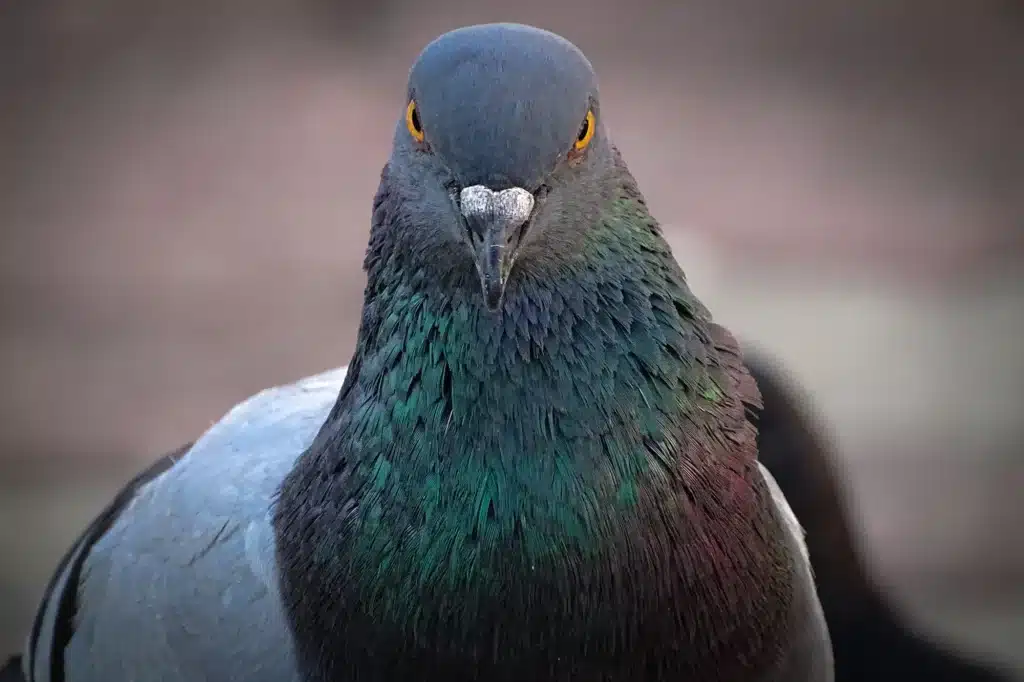
What attracts pigeons the most?
One of the key attractors to pigeons is dropped seed from bird feeders. Pigeons are attracted to this easy meal and will return once they find a bird feeder that deposits bird seed on the floor and the surrounding areas.
Pigeons’ remarkable adaptability is one of the key factors that draw them to urban areas. Their ancestors once inhabited rocky cliffs and ledges, and the tall buildings, bridges, and other structures in cities mimic these natural habitats. Pigeons have evolved to exploit the nooks, crannies, and ledges of our buildings as suitable substitutes for their ancestral nesting sites.
In urban environments, pigeons have access to an abundance of roosting spots. The plethora of ledges, eaves, and rooftop corners in cities provides pigeons with safe and sheltered locations for resting and nesting. These spots offer protection from predators and the elements, making urban areas an attractive habitat for them.
Pigeons are opportunistic feeders, and they have adapted to thrive on the readily available food sources in urban and suburban environments. They have a varied diet that includes grains, seeds, and human food scraps. Restaurants, open-air markets, and public spaces often provide a consistent supply of food, making it easy for pigeons to find nourishment.
Why do pigeons hang around my house?
‘Pigeons are attracted to spaces that provide them with shelter and a food source,’ says Darren Backhouse of MJ Backhouse Pest Control.
One of the primary reasons pigeons gather near your house is the presence of food sources. Pigeons are opportunistic feeders and will readily consume grains, seeds, and even human food scraps. If you have bird feeders, uncovered trash bins, or open compost piles, pigeons will be attracted to these potential food sources. Ensuring that bird feeders are well-maintained and trash bins are securely covered can help reduce their attraction to your property.
Access to water is essential for pigeons. If your house provides a nearby water source, such as a birdbath, pond, or gutter with collected rainwater, pigeons may be drawn to your property to quench their thirst and bathe. Providing clean water for them away from your home can help redirect their attention.
Pigeons seek sheltered spots for nesting and resting. The architecture of many houses offers numerous ledges, eaves, and nooks that resemble natural cliffs and ledges where pigeons typically nest in the wild. Pigeons will often use these features to build nests and roost, as they provide protection from predators and the elements. Discouraging pigeons from nesting on your property may require blocking access to these potential nesting sites.
Is pigeon good for house?
Many people consider the arrival of a pigeon in the house auspicious. According to religious beliefs, it is said that if a pigeon makes a nest in the house, happiness, and prosperity start coming into the family. On the other hand, some people believe that the arrival of a pigeon is inauspicious.
Fascinating Hobby: Pigeon keeping can be an engaging and educational hobby. It offers an opportunity to observe and learn about these birds’ behavior, breeding habits, and unique personalities.
Companionship: Pigeons can become beloved pets, and many people find joy in interacting with them. Some pigeon breeds are known for their gentle and friendly nature, making them suitable for human companionship.
Pigeon Racing: Pigeon racing is a competitive aspect of pigeon keeping, where trained pigeons are released from a specific location and race back to their home loft. This can be an exciting and challenging sport for those interested in competitions and racing.
Connection with Nature: Keeping pigeons allows you to connect with nature and the outdoors, even if you live in an urban area. It can provide a sense of tranquility and a break from the hustle and bustle of daily life.
What are pigeons afraid of?
Pigeons are most afraid of loud noises, bright lights, shiny or reflective objects, and fake predators or scarecrows.
Space Requirements: Pigeon keeping requires a dedicated space, typically in the form of a pigeon loft or coop. The size of the loft will depend on the number of pigeons you plan to keep. This can take up a significant portion of your property.
Maintenance: Pigeon coops need regular cleaning to prevent the buildup of waste and ensure the birds’ health. Maintaining proper hygiene can be time-consuming and physically demanding.
Noise and Mess: Pigeons can be noisy, especially during feeding and when they interact with other pigeons. They can also create a mess with droppings and discarded feathers.
Attracting Pests: Pigeon keeping may attract pests such as rodents and insects. Additionally, the feed and grains used to nourish pigeons can attract unwanted wildlife to your property.
What do pigeons dislike?
Pigeons dislike strong smells, like cinnamon and hot pepper. To deter pigeons from entering your garden, use cinnamon or peppermint essential oil or cayenne pepper mixed into a spray bottle of water. Spray the mixture anywhere you’ve noticed pigeon activity.
Spikes and Bird Wire: Installing physical barriers like spikes or bird wire on ledges and rooftops prevents pigeons from landing comfortably.
Netting: Bird netting creates a barrier that prevents pigeons from accessing certain areas. It is commonly used to protect balconies and courtyards.
Electric Shock Systems: Electrified strips or mats deliver a mild shock to pigeons when they land, making them quickly learn to avoid these areas.
Predator Decoys: Statues or models of predatory birds like owls or raptors can make pigeons uneasy and deter them from roosting or nesting nearby.
Reflective Objects: Shiny and reflective objects, such as aluminum foil strips, CDs, or reflective tape, can create the illusion of movement and light, making pigeons uncomfortable.
How do I attract pigeons to my balcony?
You can’t go wrong with cracked corn and wheat. Some other foods pigeons eat include millet, sunflower seeds, dried peas, and sorghum. Pigeons are also well-known for picking up food left behind by people, such as bread crumbs, fries, and anything else that looks like it might be tasty.
Pigeons are opportunistic feeders and are more likely to visit your balcony if you offer them a source of food and water. Consider placing a bird feeder or scattering birdseed on your balcony to attract them. Pigeons also appreciate access to fresh water, so a birdbath can be an appealing addition.
Pigeons prefer flat and relatively sheltered surfaces for roosting and nesting. Ensure that your balcony has suitable perching spots, such as flat railings or ledges. Pigeons may also appreciate the presence of potted plants or bushes for cover.
Consider using pigeon-friendly materials when decorating your balcony. Pigeons dislike slippery or unstable surfaces. Avoid using materials like mesh netting or pigeon spikes that deter pigeons if your goal is to attract them.
Pigeons are creatures of habit. Once they discover a reliable source of food and water on your balcony, they are likely to return regularly. Be consistent with your offerings to encourage their continued visits.
Do pigeons fear humans?
Unlike feral dogs and cats, feral pigeon are not terribly fearful of humans. They are generally very docile, sweet, and social creatures. Grouping together in large flocks, pigeons go about their lives, eating all the seed, fruit, and discarded food they can find.
Pigeons exhibit a high degree of tolerance to human presence. Unlike many wild birds, pigeons have adapted remarkably well to urban life, where they regularly encounter people. They are often seen foraging for food scraps in parks, plazas, and city streets, seemingly unperturbed by the bustling human activity around them. This tolerance to human presence can sometimes give the impression that pigeons are unafraid of humans.
Pigeons have learned to associate humans with sources of food. Over time, they have adapted to human activities by recognizing that people often drop or leave behind edible items like crumbs, seeds, or discarded food. As a result, pigeons may approach humans without fear, hoping for a meal. This learned behavior can make pigeons appear unafraid of humans, but it is driven by their pursuit of sustenance rather than a lack of fear.
Pigeon behavior towards humans can vary depending on factors such as location, previous experiences, and individual temperament. In some urban areas, pigeons may be more wary of people due to increased harassment or limited access to food. In contrast, pigeons in heavily populated areas with abundant food sources may be less cautious around humans.
Can pigeons sense danger?
They use their eyes to find food, to detect danger, and to receive certain mating stimuli. So the research under Keeton’s direction started by exploring how the pigeons use their eyes to find the signals for orientation and navigation.
Domesticated pigeons, such as homing pigeons or racing pigeons, may have a different relationship with humans compared to their wild counterparts. These pigeons are often raised and handled by humans from a young age, making them more comfortable around people.
While pigeons may not inherently fear humans, they can exhibit nuisance behavior in some urban settings. This behavior includes roosting on buildings, creating unsightly messes with their droppings, and sometimes interfering with public spaces. In such cases, efforts to deter pigeons may be necessary to maintain cleanliness and public health.
The interaction between pigeons and humans raises ethical considerations. While pigeons’ tolerance for human presence can lead to positive encounters, it can also make them vulnerable to exploitation or harm by individuals who do not have their best interests in mind.
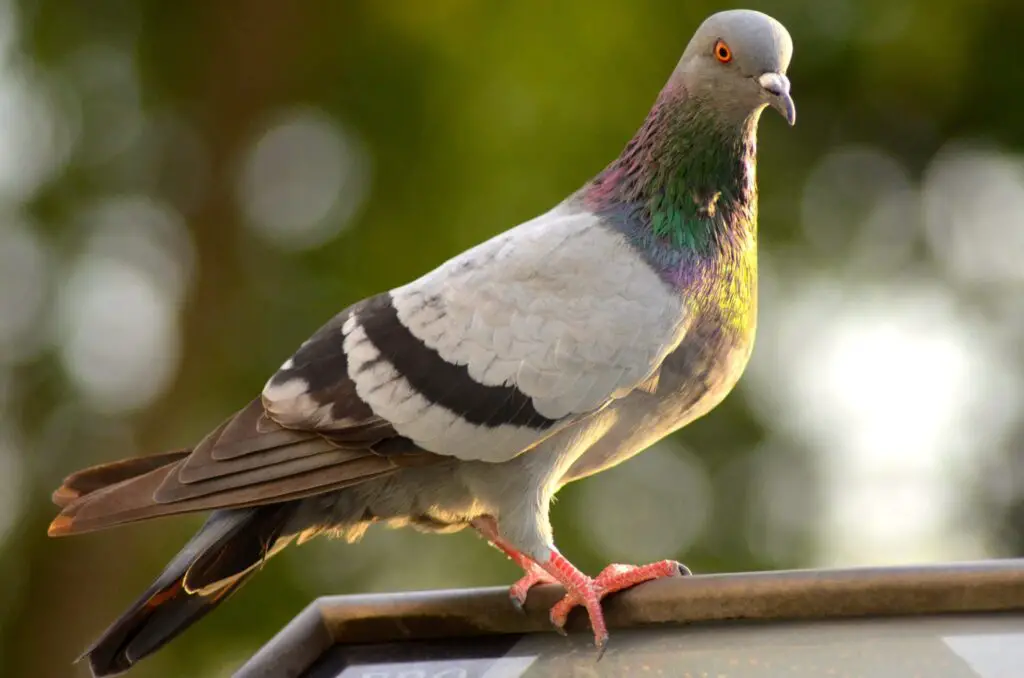
Conclusion
The presence of pigeons in our urban and suburban environments is a testament to their remarkable adaptability, opportunistic feeding behavior, and social nature. These birds have successfully integrated themselves into our human-made landscapes, capitalizing on the structural similarities between our buildings and their natural habitats. Their ability to find sustenance in the form of grains, seeds, and discarded human food further cements their place in our cities and neighborhoods.
Pigeons’ gregarious tendencies and the safety they find in large groups contribute to their thriving populations in densely populated areas. As we reflect on what attracts pigeons to our urban spaces, it prompts us to consider the intricate relationship between human and wildlife cohabitation. Pigeons, often seen as both a nuisance and a symbol of urban life, challenge us to strike a balance between our own needs and the needs of the natural world.
Understanding the factors that draw pigeons to our midst serves as a reminder of the profound ways in which our actions shape the environments we share with other attract pigeons species. It is a call to explore sustainable coexistence strategies and appreciate the diverse tapestry of life that surrounds us, even in the most unexpected places.

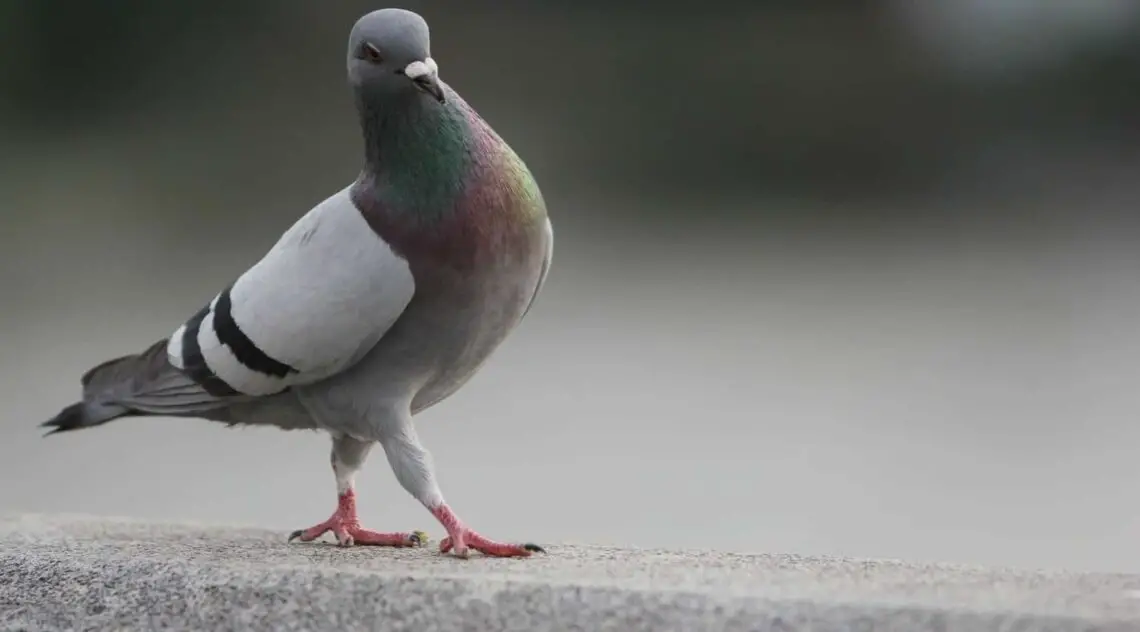
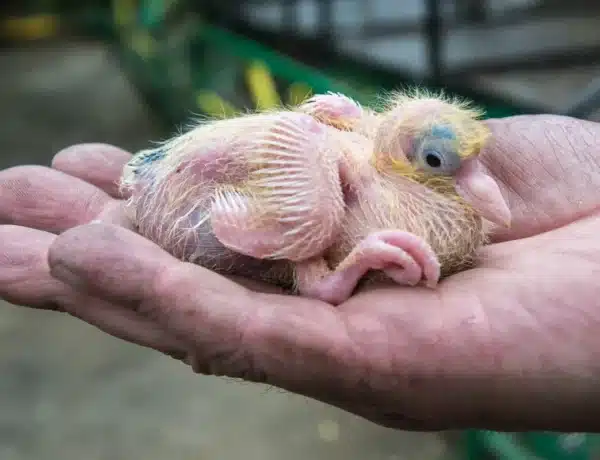
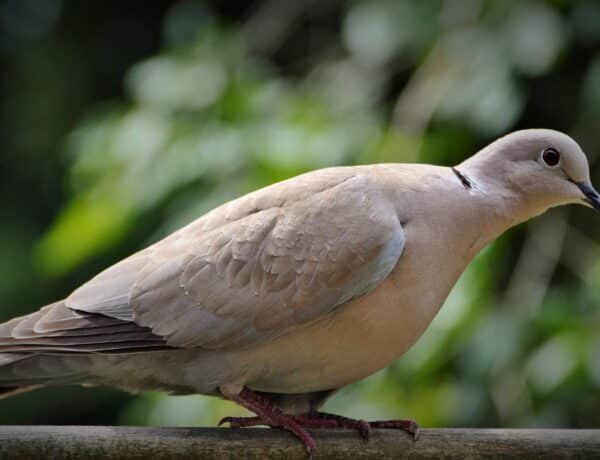
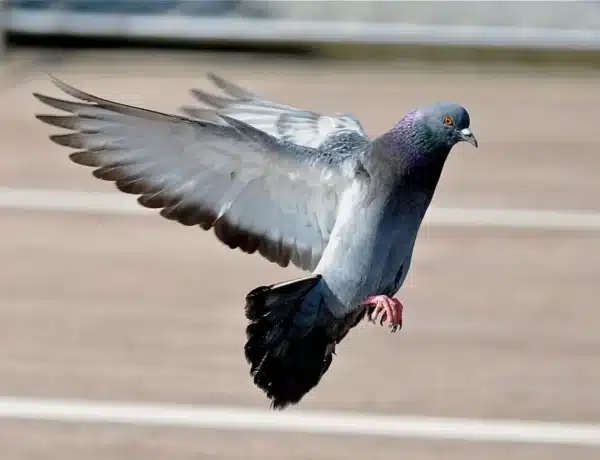
No Comments